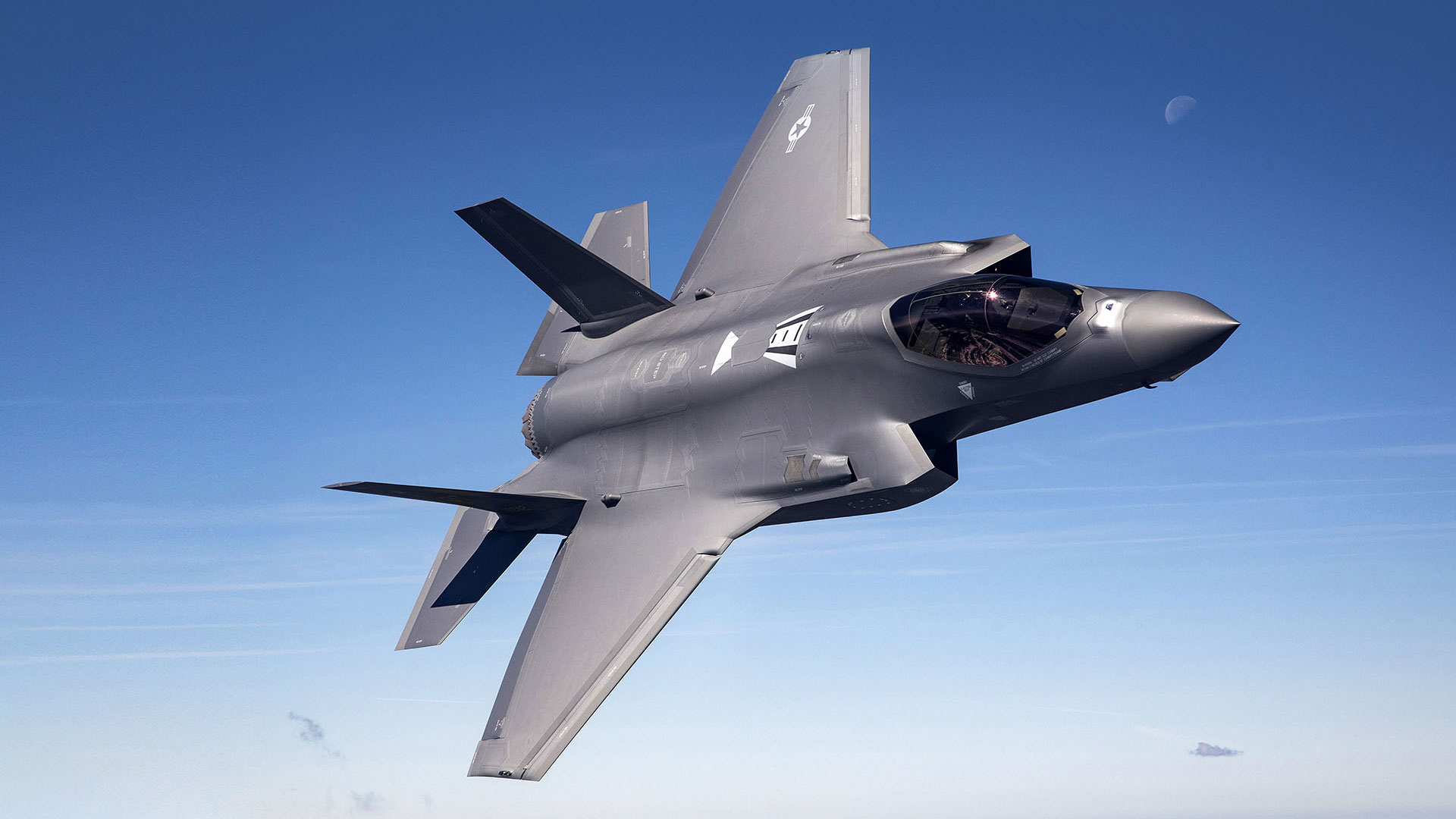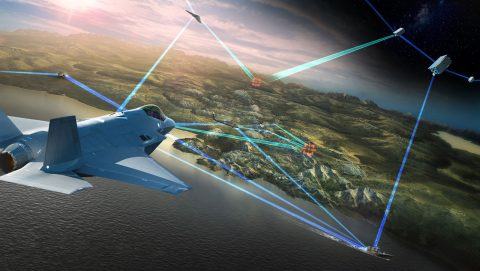Deterrence Through Defense: The Technological Breakthroughs Powering the Next Generation Interceptor
In an era of rapidly advancing threats, protecting the U.S. homeland and its citizens requires dynamic solutions.
The Next Generation Interceptor (NGI) is actively being developed to meet that need. A state-of-the-art missile defense system is designed to detect, track and destroy incoming threats before they reach American soil.
As rogue countries and near-peer nations create sophisticated weapons, NGI is the nation’s answer to ensuring safety through our innovative solution providing precise and layered defense.
More than just a technological marvel, NGI represents a critical step forward in national security. It will serve as the backbone of the country’s Ground-based Midcourse Defense (GMD) system, designed to intercept intercontinental ballistic missiles in space.
NGI’s mission is simple: to protect lives and ensure peace of mind across the nation. To deliver on this mission, Lockheed Martin will leverage its own advanced capabilities while establishing new partnerships to produce a defense cornerstone capable of adapting to dynamic threats.
NGI’s sensors and processing capability are coordinating critical, time sensitive, kill vehicles hundreds of miles above the Earth’s surface. This is a capability for the entire Nation which is foundational for future technology applications.
It’s not just a program; NGI is a promise to protect.

Built to Adapt and Evolve
NGI is an example of smarter, more agile missile defense for a couple of reasons. First, its modular, open-system architecture is designed and built to be flexible and upgradable.
Second, NGI was “born digital,” which means it can quickly evolve to meet and defeat any number of rapidly emerging threats through the addition of new sensors, software or even new kill vehicle technologies.
Unlike legacy systems, NGI can be upgraded in silo, meaning there's no need to remove and then replace the missile to fine-tune specifications. Whether it's a software update or a hardware enhancement, upgrades can be deployed faster and more efficiently, saving time, cost and maintaining readiness.
In that sense, it’s not unlike a superhero’s costume that can be upgraded with the latest tools and capabilities. These forward-thinking benefits help control costs, reduce lifecycle risks and shorten upgrade timelines. It’s a smarter way to build missile defense, especially as technology continues to move at Mach 5 speed and beyond.
“This lets us test and tweak the design in a virtual environment before we ever build hardware,” Reeves said. “It ultimately allows us to outpace emerging threats and keep ahead of adversaries with rapid, responsive improvements.”
Real Progress, Right Now
While some anticipate the next big thing in defense capabilities, NGI’s future is already taking shape. Major components are being tested. The multiple kill vehicle design, which destroys an incoming threat, is showing measurable progress. Same for the sensors, software and propulsion systems that make it all work.
It’s not just happening in a lab. Lockheed Martin built production and integration facilities tailored specifically for NGI. Filled with digital tools, smart manufacturing processes and advanced robotics, these sites are designed to produce the complex and intricate interceptors.
“These aren’t old facilities we’ve retrofitted or attempts to squeeze into a legacy footprint,” Reeves said. “We built these from the ground up with NGI in mind. That makes a big difference in quality and agility.”
A Golden Opportunity
The technological advancements behind NGI are boldly innovative, which is why it’s poised to play a key role in national defense.
“Think about this as deterrence through defense,” Reeves said. “It’s about letting our enemies know we can stop a threat before it hits.”
As opposed to working alone, it will seamlessly integrate into a layered defense network that includes space sensors, radars, command centers and other interceptors. NGI’s job is to quickly take out the toughest enemy threats with absolute precision.
The long-term goal is a fully integrated homeland defense system that can adapt and respond to threats to the homeland. NGI is positioned to be a critical cornerstone of this system.

Behind the Scenes
Some of the best minds in the world are putting in the hard work and long hours on NGI, but they’re not doing it alone. Teaming with new voices like smaller, nontraditional companies with specialized technologies also gives the NGI program a unique advantage.
“We’re partnering with startups and innovators across the country,” Reeves said. “These companies have incredible capabilities, and we’re tapping into those to stay sharp.”
These collaborations keep NGI on the leading edge of technology, whether it’s in advanced materials, AI-driven threat detection or next-generation propulsion.
A Bold New Chapter
Despite a readjustment in the fielding timeline, one thing is clear: NGI is moving forward.
The focus is now on manufacturing process development, ensuring everything is repeatable, reliable and ready for larger-scale production. The team is also making final design refinements ahead of Critical Design Review, a key checkpoint in the journey from form to fielding.
“It’s about making sure we have the production and supply chain pieces where they need to be,” Reeves said. “From a tech perspective, we’re in a great spot.”
With resilient design, digital tools, and an uncompromising vision for the future, Lockheed Martin is proving that NGI isn’t just another missile defense program – it’s a bold new chapter in national defense.




